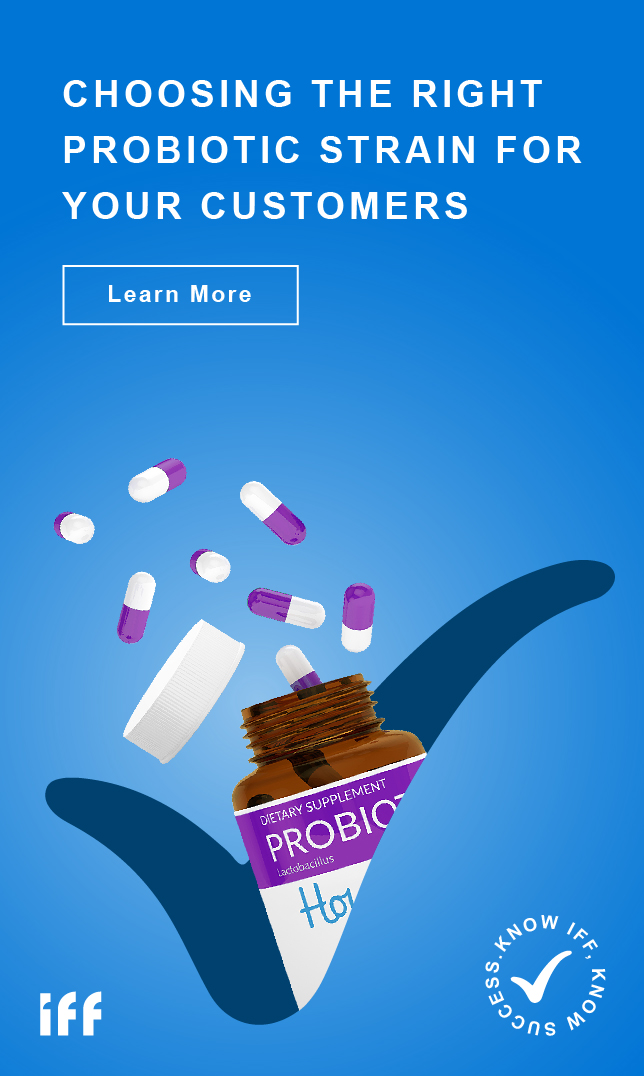Signature strains
LACTOBACILLUS ACIDOPHILUS NCFM®
Grant JR, Stothard P. The CGView Server: a comparative genomics tool for circular genomes. Nucleic Acids Res. 2008;36:W181-W184.

Introduction
L. acidophilus NCFM® was first isolated from a human source in the early 1970s. NCFM® has been safely investigated in more than 330 scientific studies, including more than 60 human clinical trials as a single entity and in combination with other probiotics and prebiotics. It has been studied alongside other strains as a component of the HOWARU® Restore Blend (NCFM®, Lpc-37®, Bi-07®, Bl-04®) for digestive health and with Bi-07® for early life health.1,2 The subjects in these trials have ranged from infants to aging populations (from 6 months to over 65 years of age). It has a long history of safe use, is well suited for intestinal survival, and has strong adhesion to intestinal cell lines.3,4
183 In vitro through product functionality studies
+70 Clinical trials

Health-benefit area
Health-benefit area

Supported dosing
Supported dosing

Study reference
Study reference

Health-benefit area
Health-benefit area

Supported dosing
Supported dosing

Study reference
Study reference
183 In vitro through product functionality studies
REFERENCES:
1. Ouwehand AC, DongLian C, Weijian X, et al. Probiotics reduce symptoms of antibiotic use in a hospital setting: a randomized dose response study. Vaccine. 2014;32:458-463. 2. Leyer GJ, Li S, Mubasher ME, Reifer C, Ouwehand AC. Probiotic effects on cold and influenza-like symptom incidence and duration in children. Pediatrics. 2009;124(2):e172-179. 3. Andreasen AS, Larsen N, Pedersen-Skovsgaard T, et al. Effects of Lactobacillus acidophilus NCFM® on insulin sensitivity and the systemic inflammatory response in human subjects. Br J Nutr. 2010;104:1831-1838. 4. Kleeman EG, Klaenhammer TR Adherence of Lactobacillus species to human fetal intestinal cells. J Dairy Sci. 1982;65:2063-2069.






